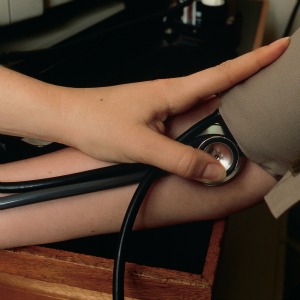GP waiting room BP monitors ‘could help boost hypertension detection’

Placing self-screening blood pressure monitors in GP waiting rooms could help boost detection of hypertension, a study has suggested.
University of Oxford researchers, who trialled the method at GP practices in Oxfordshire, found that patients used the machines in order to pass the time, or to help their doctors.
Some patients were also found to be using the machine to avoid anxiety and potential ‘white coat hypertension’, said the study published in BJGP.
The researchers, who used structured interviews with 30 participants to assess patient motivations, found that ‘self-screening in the waiting room was generally well liked by service users’ and could also ‘offer a halfway house for patients unwilling or unable to monitor at home’.
The paper said: ‘Meta-analyses… suggest…as part of an ongoing management plan, self-monitoring leads to clinically significant reductions in BP and improved medication adherence.’
But they cautioned that not everybody was willing to self-monitor, adding: ‘Several questions must be answered about BP self-screening…especially in the face of the limited public demand reported in this study.’
RCGP chair Professor Helen Stokes-Lampard said: ‘This is certainly an idea worth exploring.
‘If patients are comfortable and able to use these devices ahead of their appointment, this can save time during the consultation.’
But she cautioned that blood pressure readings ‘are an important diagnostic tool for GPs, so it is important that they are as accurate as possible’ and that therefore there were limitations of self-screening.
Visit Pulse Reference for details on 140 symptoms, including easily searchable symptoms and categories, offering you a free platform to check symptoms and receive potential diagnoses during consultations.









